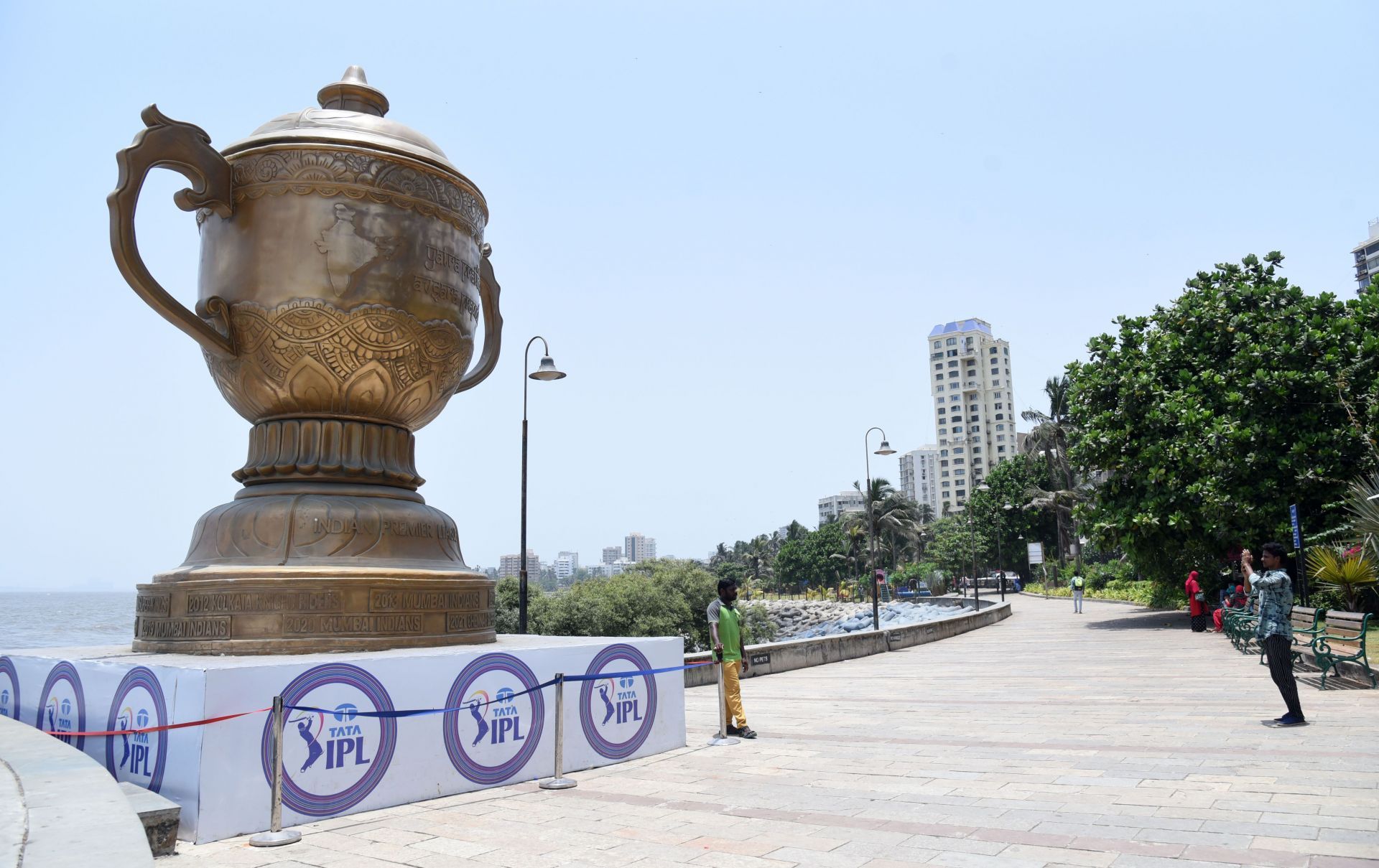
Leg and off: Should the BCCI continue with the two-bouncer rule?
Amid the scrutiny surrounding the impact player rule, the Board of Control for Cricket in India (BCCI) are also considering having a second look at the two-bouncer rule. According to a report by Cricbuzz, the governing body will reveal its verdict shortly through the playing conditions for the 2024 Syed Mushtaq Ali Trophy, the competition where the rule was first implemented last year on a trial basis.
The two-bouncer rule passed the initial test and was put to use in the 2024 Indian Premier League (IPL) season. While behemoth totals dominated the tournament, the rule proved to be some sort of solace for the bowlers, an alternate avenue to restructure their strategic plan in general.
On that note, let us take a look at the factors that the BCCI should look into before deciding on the two-bouncer rule's fate.
#1 Why is the rule being revised in the first place?
One has to admit that the BCCI's decision to assess the rule was arguably out of the blue. The spotlight was firmly placed on the retention, auction, and impact player rule. It was simply assumed during the off-season that the bouncer rule was a thing that would seamlessly continue into the next edition, almost as if was a thing from the first edition itself.
The news of the BCCI assessing the rule will not come as good news for the pacers, who have been vocal about the lopsided battle between bat and ball.
The factors that go against a potential extra short ball are safety concerns and its impact on the overall game. It arguably passed both of those since batters were not at harm and nor was the quality of game impacted too much. The matches were entertaining, the scores were high, keeping both the broadcasters and the board happy.
#2 The rule provides more mind games than impact
The primary reason why the rule aids the bowlers is it helps bowlers to feed on batters' reservation against bouncers. Earlier if a bowler was forced to deploy the bouncer in the early stages of the over, the batter could confidently remove the trepidation of facing the short ball and confidently stay on the front foot.
With the bowlers availing the option bowling another bouncer in the over, it has helped them phase out the over much better. Earlier they were forced to hold back the short delivery, but due to this rule, they have been able to surprise the batter much better. Furthermore, since the batters have been forced to keep the second bouncer in mind, it has helped the bowlers to increase the impact of their other deliveries as well.
Yes, there is the argument that scores were still high, and the batter still dominated pacers despite the two-bouncer rule. However, the balance might have been much worse with the solitary bouncer.
Additionally, the two-bouncer rule does not provide enough ammunition for bowlers in the balance scheme of things, they need much more. Even if four bouncers are allowed an over, it is moot unless something is done about the pitches and the boundary sizes.
#3 Are bowlers maximising it to full effect and is it a double-edged sword?
While all of the above-mentioned points speak highly in favor of the rule being retained, there is a downside to it, like all concepts.
When word first went around the two bouncers rule, the initial impression was that the bowlers would hit the deck hard, and the ball would zoom past the batters' helmet at a rapid pace. But the majority of the second bouncers, particularly in the latter half of the innings have been the slower bouncers. Not that there is anything wrong with it, since it is just an adaptation.
However, the two-bouncer rule has not been the cup of tea for several bowlers. The small square boundaries, even with the central wicket not being used, coupled with the very little margin for error have had pacers apprehensive about using the second bouncer at all.
Even if the batter manages to get a decent enough connection, it has helped them clear the boundary, or at least claim a top edge to travel over the wicketkeeper's head.
Statistically, there was a significant drop in the economy of the short balls used in IPL 2024 compared to the previous edition, at least in the formative stages of the season. Bouncers were one of every five balls bowled in the early phase of IPL 2024, and the pacers were encouraged to use it as it was the most productive delivery in the arsenal when it came to picking up wickets.
Its use in the powerplay is rather conflicted. Despite the new ball being effective in hurling the bouncer for maximum impact, the fielding restrictions make it a dodgy option.
Not all pacers have unanimously adopted the two bouncers into their game plan from the word go. A number of seasoned bowlers chose to stick to their strengths and not buy into the rule tweak.
"Chennai Super Kings have used it most often — averaging 2.3 second bouncers per match, taking their overall count to 12.1 bouncers per game. That only Mumbai Indians have been able to rival this count with 12 bouncers per match — including 1.9 second bouncers — tells you how circumspect teams have been in general when it comes to trying the second bouncer," a report from Hindustan Times during IPL 2024 suggested.
From the BCCI's standpoint if they are introducing a provision, and they do not witness it being utilized enough or not producing the desired results, they are well entitled to revisit them.
In conclusion, the rule is better for pacers to have it and not need it rather than need it and not have it.